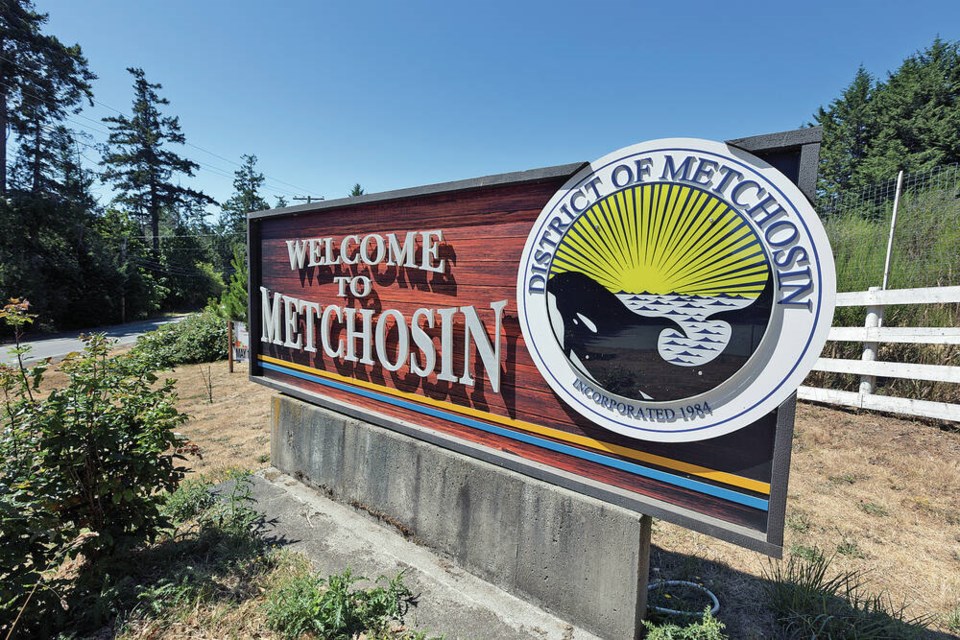Two rural Island municipalities on a list of communities that might have to meet future housing targets are asking the Housing Ministry to avoid a one-size-fits-all approach as it take steps to increase the province’s housing supply.
The mayors of North Saanich and Metchosin, two of the 47 municipalities identified in the list, have penned letters to Housing Minister Ravi Kahlon arguing a provincewide approach to increasing density might not suit more rural communities.
In April, Kahlon said the government will introduce legislation this fall to allow three to four units on a traditional single-family detached lot in communities across the province, with additional density permitted in areas well served by transit. Legislation to allow secondary suites in every B.C. community is expected to be introduced later this year.
The $12-billion Homes for People plan includes incentives to build, laws to curb speculation and financial help for renters and homeowners.
Metchosin Mayor Marie-Térèse Little said council is happy to work with the province to increase housing supply, but wants to ensure Metchosin won’t be forced to densify beyond what’s realistic in the district.
Little said she can see some room for increased density in Metchosin’s core, but the district does not have the infrastructure to support large-scale residential or commercial development.
It’s not connected to the regional sewage system, much of the residential area relies on wells for water, and there is “very limited” public transportation, she said.
North Saanich Mayor Peter Jones highlighted in his letter that a large portion of North Saanich lies within the Agricultural Land Reserve and there are concerns about conflict between residential and agricultural use.
“Respectfully, we request you consider that there are other communities, just as unique as ours, for which a provincewide, ‘one-size-fits-all’, approach to increasing housing supply might not be in their best interest and might result in communities that no longer resemble the ones that people chose to live in,” he wrote.
The letter asks the ministry to consider the size of communities and their unique housing needs, the differences between rural and urban communities with respect to available infrastructure, and the impact of increased density on existing infrastructure.
North Saanich’s letter closely resembles one written by the District of Coldstream in the Interior.
A district staffer said Jones was not available for an interview.
Jen Ford, president of the Union of B.C. Municipalities, said the UBCM is waiting to see what the legislation will look like when it’s introduced in the fall. “Until we have some more detail, it’s very difficult to opine on what and how it’s going to affect different local governments,” she said.
“What we heard loud and clear from local governments is that we want to work on this problem. We want to work on this together and not one of us can have the same solution that will work for all of us.”
In a statement, a Housing Ministry spokesperson said the 47 municipalities selected face significant housing needs. Ten municipalities selected as an initial cohort are currently going through a process to determine housing targets for their community, which involves reviewing housing needs reports, official community plans and regional growth strategies.
“Municipalities will be encouraged to do all they can to create conditions that allow developers, non-profits, and builders to create new housing, including reviewing their zoning bylaws and streamlining development approval processes. It will be up to the municipality to determine the route for achieving these targets,” the ministry spokesperson said.
>>> To comment on this article, write a letter to the editor: [email protected]



